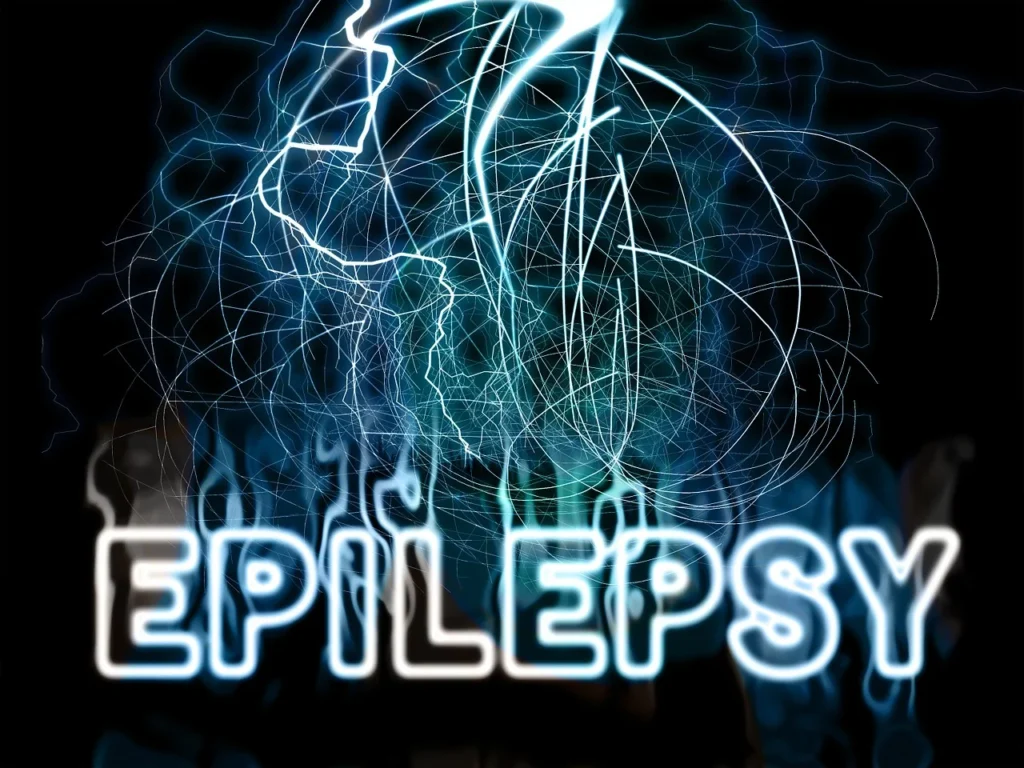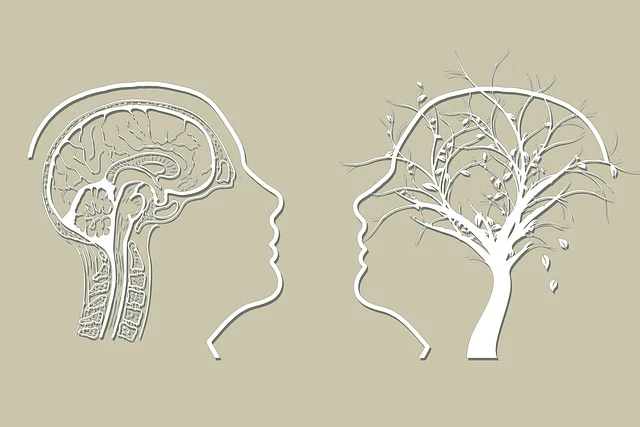An abrupt decrease of muscular tone is a characteristic of atonic seizures. An atonic seizure causes the brain’s normal electrical activity to be disturbed, impairing movement, speech, and muscle strength in the affected person. One area of the brain or the entire brain may experience the seizure’s beginning. These kinds of seizures can persist throughout maturity and typically start in childhood.
While there is no known treatment for atonic seizures, there are ways to control the symptoms. Certain seizures may also be avoided by recognizing and avoiding triggers.
This article explains sings and symptoms, causes, diagnosis and possible treatment.
What is atonic seizures?
An electrical surge in the brain that results in a loss of tone and control over your muscles is known as an atonic seizure. You might tumble, drop what you’re holding, or close your eyes. Atonic seizures frequently result in injuries.
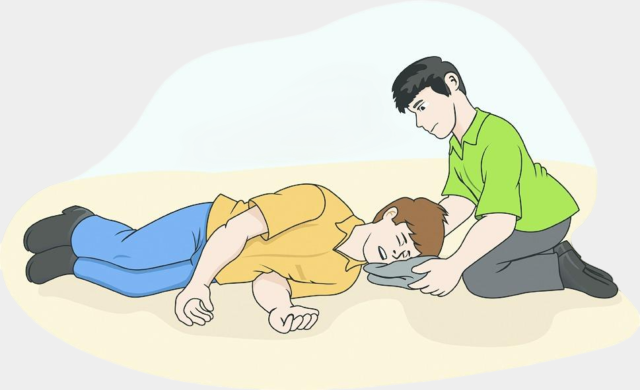
Consider a puppet, such as a doll that is supported by strings. Until you tug on the strings, the doll has nothing to support its body so it can stand up. The puppet falls over if the strings are loosened. The puppet rises back up as you tug its cords once more.
A puppet has an atonic seizure when its cords come loose. Your body can no longer be supported when you lose muscle tone. Also Your muscle control recovers when the seizure ends, allowing you to get back up and move as expected.
Your medical professional may refer to atonic seizures as:
- Akinetic seizures
- Drop seizures.
- Drop attacks.
If you experience recurrent atonic seizures, your healthcare practitioner can advise you on safety measures to take.
Signs and symptoms
Either the entire body or only certain areas, such the head or eyelids, may be affected by an atonic seizure.
Among the signs of an adult atonic seizure are:
- dropping objects;
- going limp in one or more bodily parts;
- and falling to the ground
Children’s atonic seizures manifest as the following symptoms:
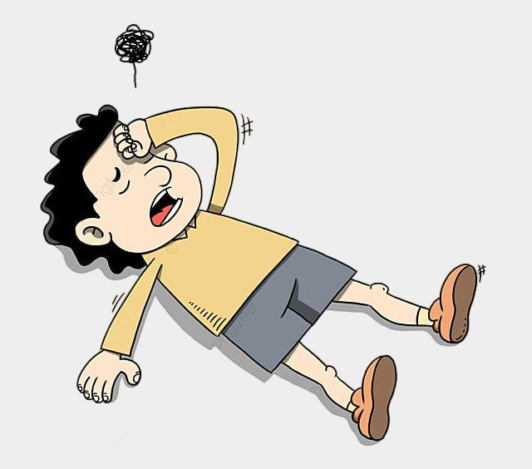
- collapsing and turning limp
- an abrupt decrease of muscle tone;
- and a momentary loss of awareness
- eyelids drooping,
- head nodding,
- jerking
After a seizure, the person may either appear disoriented or feel bewildered about what happened, or they may return to their regular alert condition and recover rapidly.
A fall may occasionally result in an injury to the person. They should see a doctor right away if they have a serious injury, but they should be able to treat any scrapes, bruises, and other minor injuries at home. Wearing a helmet and other forms of protection may be necessary for adults and children who fall regularly.
Causes
A seizure may result from anything that interferes with the brain’s regular nerve impulse transmission. This may consist of:
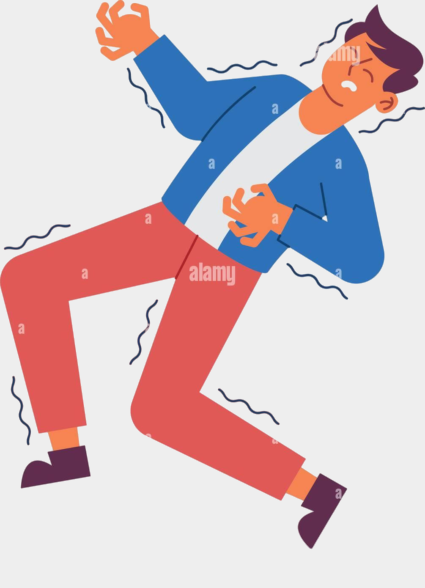
- a fever that is extremely high
- low glycemic level
- elevated blood sugar
- Withdrawal from drugs or alcohol
- A concussion of the brain (resulting from a head injury)
- Heart Attacks
- Certain categories of diseases
- A tumor in the brain
- Additional elements
Infancy-related seizures are frequently caused by:
- An imbalance in the brain’s neurotransmitters, which are chemical signals
- Molecular Biology
- brain tumor
- a stroke
- brain damage, typically brought on by disease or trauma4 Low amounts of blood sugar
- Pregnancy-related drug usage by the mother5 Birth trauma, including oxygen deprivation (hypoxic-ischemic encephalopathy)
- Low levels of calcium or magnesium in the blood Meningitis or encephalitis infections
- Bleeding in the brain, which could be brought on by an early birth6. High fevers, which are not often linked to epilepsy
- Additional unidentified variables
Diagnosis

After a physical examination, neurological examination, and testing, a medical professional will diagnose an atonic seizure. Your doctor will find out more about your seizure symptoms during the examinations. To help your provider better understand what happened, it helps to have a loved one who observed the seizure with you during the test. If they are unable to be there, have them write down what they saw. Videos taken with a cell phone during seizures may potentially be useful.
Testing can aid in the diagnosis of seizures or help rule out diseases or other factors that may be causing an abrupt loss of consciousness and muscular tone. Testing could involve:
Blood examinations.
- EEG, or electroencephalogram.
- MRI stands for magnetic resonance imaging.
- Scanning with positron emission tomography (PET).
A medical professional might do further testing, such as an X-ray, to check for broken bones, if you suffered an injury following the seizure.
Treatment
A number of factors determine the optimal course of treatment, such as:
- your age and
- the frequency of your seizures
- the intensity of your seizures,
- your general state of health
Among the treatments are:
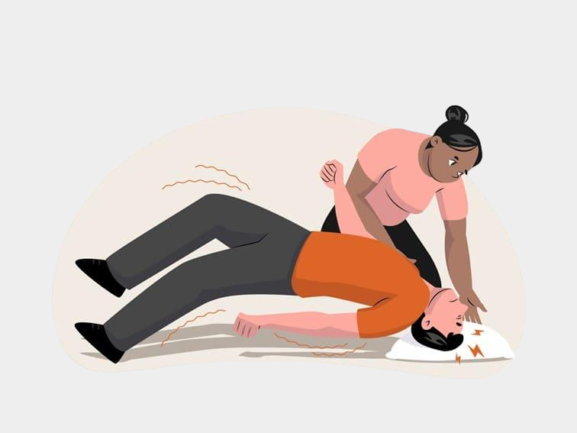
Medications for epilepsy
Treatment for seizures is most commonly provided by anti-epilepsy medications (AEDs).
- Benzodiazepines (clonazepam, clobazam).
- felbamate
- Levetiracetam.
- Topiramate.
- Acid valproic (valproate).
- Zonisamide.
AEDs, however, frequently have no effect in atonic seizures. AEDs are probably not the only treatment you’ll require.
Dietary adjustments
A low-carb, high-fat diet is used to treat pediatric seizures. This could involve a modified Atkins diet or the ketogenic diet.
When following a high-fat diet to treat seizures, it’s crucial to collaborate with a neurologist and dietitian Trusted Source. They can assist you in avoiding these diets’ negative side effects.
Brain transplantation
If AEDs are ineffective for atonic seizures, brain surgery may be suggested. A procedure known as corpus colostomy is involved in this.
The two sides of the brain are separated by the surgeon during the procedure. This prevents anomalous electrical discharges from extending across the surface. Generally speaking, the process works better than VNS.
Summary
Muscle tone is lost in atonic seizures, sometimes referred to as drop seizures. During one of these seizures, the person may fall to the ground, drop other objects, or drop their head. Children frequently experience atonic seizures, which they may eventually outgrow.
EEG readings, CT and MRI scan results, and witness reports can all be used by medical professionals to detect atonic seizures. Although medication is the most prevalent form of treatment, alternative options include surgery, vague nerve stimulation, and ketogenic diets.
After an atonic seizure victim regains consciousness, anyone nearby should examine them for injuries and, if needed, take them to the doctor.

